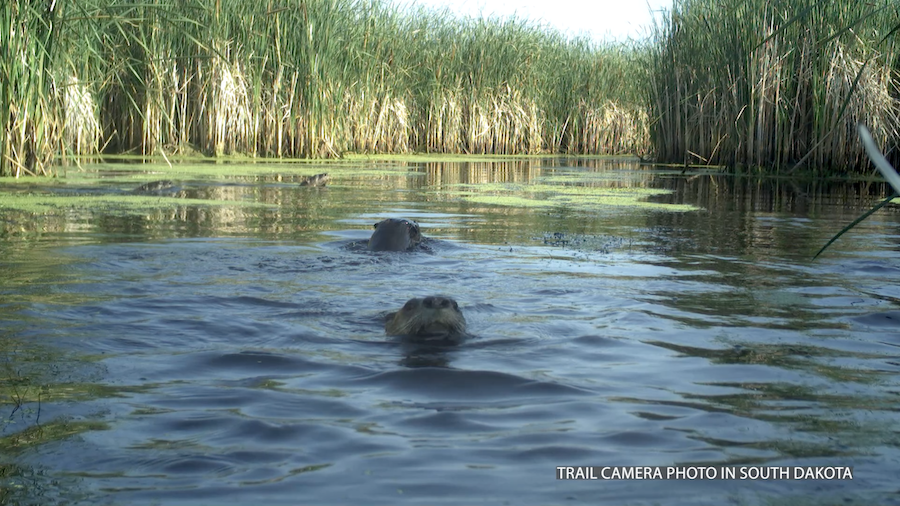
Joshua Haiar/South Dakota Searchlight – The state’s fourth river otter trapping season ended last weekend when the legal limit of 20 was reached. That season was unimaginable only a few decades ago when river otters were all but non-existent in South Dakota.
The Game, Fish and Parks Department said Saturday that trappers holding a furbearer license had to report their otter catches to the department within 24 hours. The time window following the season’s end allows for the reporting of any last-minute catches, called “incidental takes,” which must be handed over to the department.
The history of river otters in South Dakota is a story of decline and restoration.
Before American settlement, river otters were widespread across the Great Plains, including South Dakota. However, by the late 20th century, their numbers had dwindled due to overharvesting, habitat loss and pollution.
Trapping them became illegal in 1978 when the species was classified as “threatened” by GF&P.
The Flandreau Santee Sioux Tribe reintroduced about 35 river otters into the Big Sioux River in the late 1990s. That, and better management of wetland and river habitats, played crucial roles in their recovery.
The otters were removed from the state’s threatened species list in 2020, signifying a stabilized population. The delisting allowed for river otter trapping seasons to begin that same year.
The GF&P says the trapping season helps to prevent overpopulation and maintain ecological balance. The season also enables more detailed monitoring and research. Data gathered from harvested animals, including age, health and distribution help refine conservation strategies, according to the GF&P.
South Dakota State University researchers are conducting a study on the river otter population. The team has deployed trail cameras across eastern South Dakota’s riverbeds and wetlands and is using artificial intelligence to help process the large volume of images.
